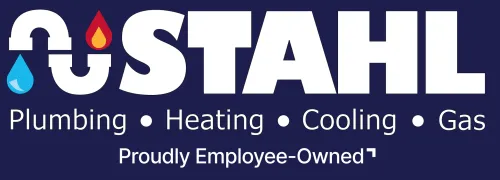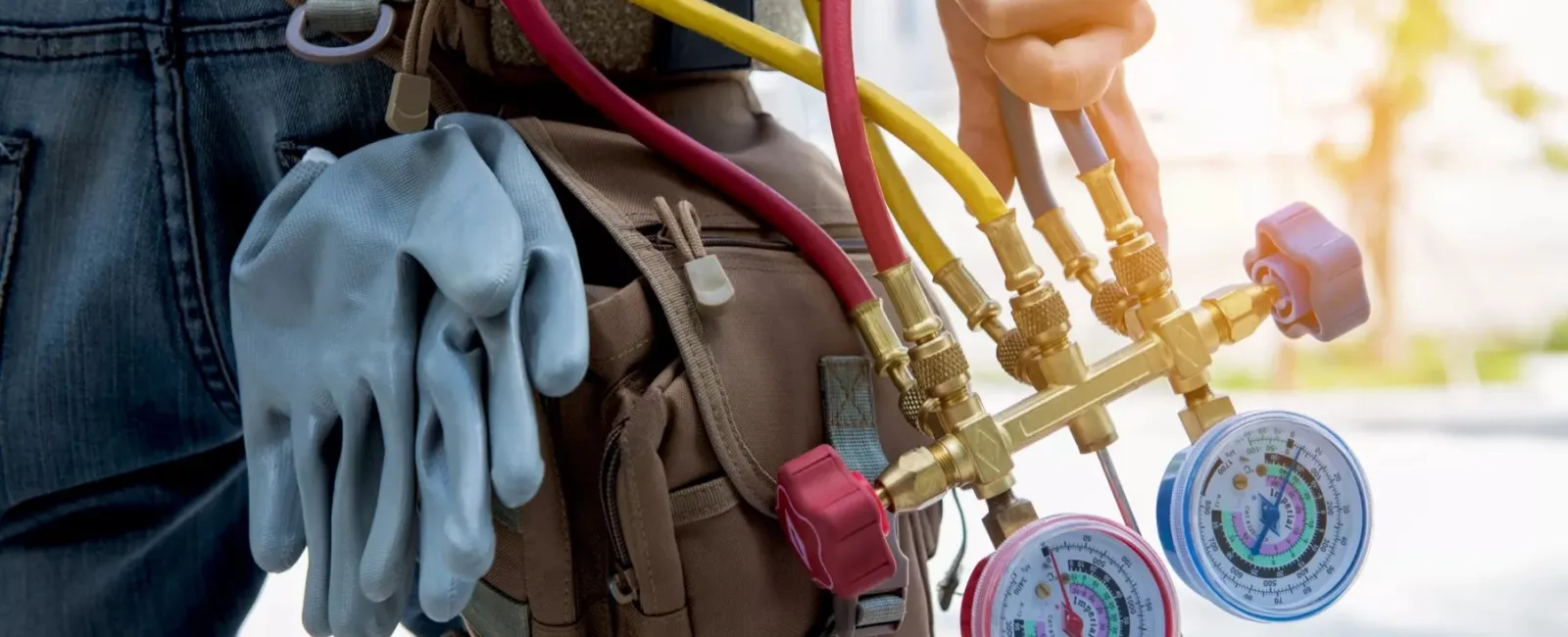 Your toilet is one household appliance that you probably don't appreciate enough until it stops working. It's a simple device, but there are a few common issues that can develop as your plumbing ages. One such problem that is widely experienced is a slow-flushing toilet. The cause of this confounding issue can be difficult for the average homeowner to diagnose, partially because several causes can be behind a slow-flushing toilet. While the rate of flush may not warrant a call to a local emergency plumber, it can be indicative of issues that can jeopardize the operation of your much-needed bathroom facilities in the future.
Your toilet is one household appliance that you probably don't appreciate enough until it stops working. It's a simple device, but there are a few common issues that can develop as your plumbing ages. One such problem that is widely experienced is a slow-flushing toilet. The cause of this confounding issue can be difficult for the average homeowner to diagnose, partially because several causes can be behind a slow-flushing toilet. While the rate of flush may not warrant a call to a local emergency plumber, it can be indicative of issues that can jeopardize the operation of your much-needed bathroom facilities in the future.
By understanding the potential causes of a slow-flushing toilet, you can better discern what factors may be at work. Though the slow rate of flush may seem like a mere inconvenience, a little attention when the problem develops can prevent a situation that may require local emergency plumbing services in Pittsburgh, PA, at a later date. Keep reading to learn more about the common causes of a slow-flushing toilet.
Low Water Level in the Tank
Your commode is a simple appliance that uses the combination of gravity and the action of flowing water to dispose of waste. The tank on the back of the toilet fills with water, and when the toilet is flushed, a flapper valve opens and allows that water to forcefully enter the bowl to wash away everything in it. However, when there's not a sufficient amount of water in the tank to do the job, that can lead to a slow flushing rate. Many homeowners purposely adjust their toilets to use as little water as possible to help reduce utility bills and decrease water usage. However, when the water level in the tank is too low, a slow flush can occur and the conservation efforts are for naught since the toilet will need to be flushed a second time.
Sewer Clog
If the level of water in your toilet tank is acceptable, then next thing to check is your sewer drain. The water that flushed through the bowl must go somewhere, and that somewhere happens to be down the toilet drain and into the sewer line. If there is a partial blockage of the line downstream from your toilet or within the toilet itself, that can limit the amount of wastewater that can pass through the sewer line and slow the flushing rate dramatically, especially if there's heavy water usage concurrently in other parts of the house. A plumber can help you diagnose sewer clogging and efficiently clear the line so that your toilet functions flawlessly once again.
Sediment in the Toilet Water Lines
 For the toilet to flush successfully, the water that enters from the tank must have some velocity. However, if you live in an area noted for hard water, the water lines in your toilet may become clogged overtime with calcification from hard water or sediment from leaks in the water line upstream from your toilet. Both sediment and deposits can clog water supply into the toilet, which means the water doesn't flow into the bowl at the desired rate. If your sewer is clear and the water level in your tank is acceptable, your slow-flushing toilet likely has clogged water lines that need to be cleared.
For the toilet to flush successfully, the water that enters from the tank must have some velocity. However, if you live in an area noted for hard water, the water lines in your toilet may become clogged overtime with calcification from hard water or sediment from leaks in the water line upstream from your toilet. Both sediment and deposits can clog water supply into the toilet, which means the water doesn't flow into the bowl at the desired rate. If your sewer is clear and the water level in your tank is acceptable, your slow-flushing toilet likely has clogged water lines that need to be cleared.
If you've experienced a slow-flushing toilet, use this information to determine the cause and subsequent repair. Or, contact a professional plumber to take care of your toilet and restore its normal function. To learn more about the common causes of a slow-flushing toilet, contact Stahl Plumbing, Heating, and Air Conditioning at (412) 273-1000.

